Introduction
Small dog breeds are increasingly sought after for their portability, affectionate nature, and suitability to city living. These tiny companions require special care and training to thrive, especially given their energetic and sometimes stubborn temperaments. In 2025, a variety of small breeds will continue to captivate pet lovers, each bringing unique traits and care requirements. The Talent Dogs experts introduce the top 10 small dog breeds, share key expert training tips, and offer practical advice for successfully welcoming a small dog into any home.
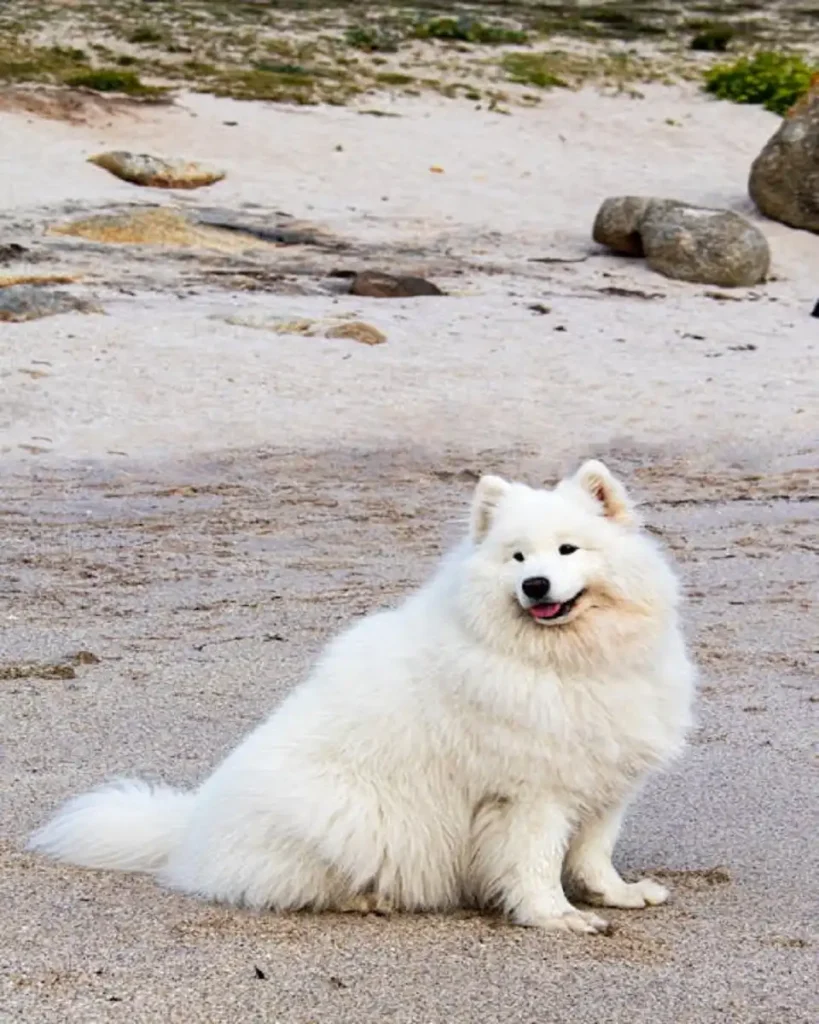
Top 10 Small Dog Breeds in 2025
The following table presents the most loved small dog breeds in 2025, considering their size, temperament, lifespan, and ideal living conditions.
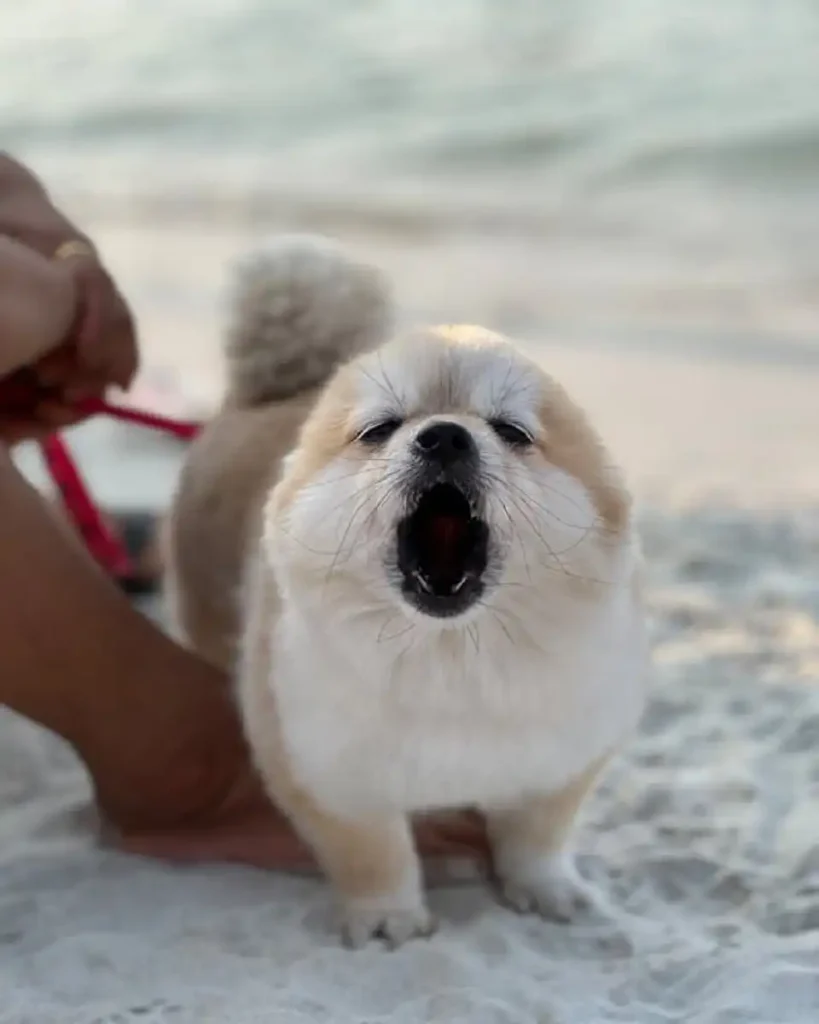
| Breed | Size (lbs) | Lifespan (years) | Temperament | Best Living Situations |
| Chihuahua | 2-6 | 12-20 | Loyal, bold, energetic | Small apartments, single owners |
| Pomeranian | 3-7 | 12-16 | Lively, affectionate, smart | Families, active owners |
| Yorkshire Terrier | 4-7 | 12-15 | Intelligent, affectionate | Apartments, first-time owners |
| Maltese | 4-7 | 12-15 | Gentle, playful, loving | Apartment living, families |
| Pug | 14-18 | 12-15 | Charming, sociable, calm | Families, city dwellers |
| Shih Tzu | 9-16 | 10-16 | Loyal, friendly, adaptable | Apartment dwellers, children |
| Dachshund | 11-32 | 12-16 | Curious, lively, brave | All home types, active owners |
| Miniature Poodle | 10-15 | 10-18 | Intelligent, joyful, trainable | Active families, agility lovers |
| Papillon | 5-10 | 14-16 | Energetic, social | Families, trick performers |
| Biewer Terrier | 4-8 | 12-15 | Affectionate, gentle | Families, lap dog lovers |
These breeds are not only cute but also bring diverse personalities and care needs suitable for different lifestyles.
Expert Training Tips for Small Dog Breeds

Training small dogs can be challenging due to their high energy, intelligence, and sometimes stubborn nature. Here are expert-recommended techniques to ensure well-behaved and happy tiny companions:
1. Consistency Is Key
Use the same commands and rules daily. Mixed signals confuse small dogs quickly, so a consistent approach to commands like “sit” or “stay” helps them learn faster and reduces bad habits.

2. Positive Reinforcement
Reward good behavior with treats, toys, or praise. Positive reinforcement motivates small dogs who may be sensitive to harsh corrections. Tailor rewards in size and frequency to the dog’s effort.
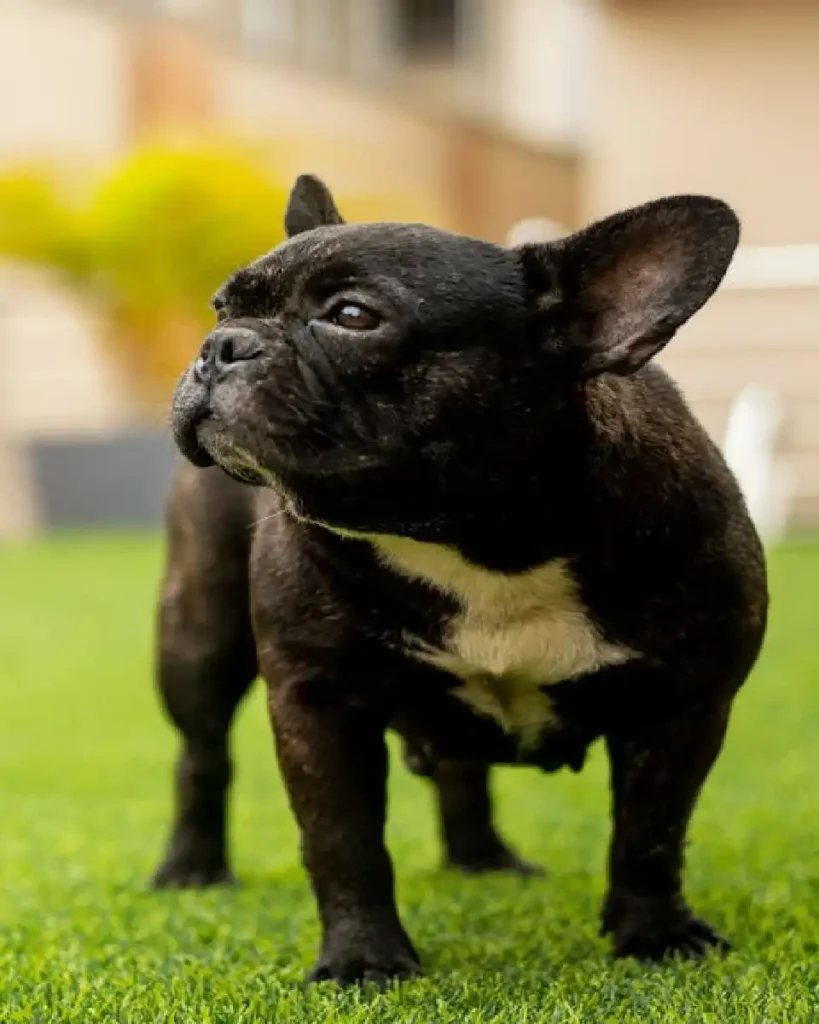
3. Short Training Sessions
Small breeds have shorter attention spans, so keep sessions to 5-10 minutes. Focus on one command at a time and gradually increase difficulty and session length as the dog progresses.

4. Set Clear Boundaries Early
Despite their size, small dogs need firm boundaries to prevent “tiny tyrant” behavior. Use baby gates or designate certain areas as off-limits, and enforce these rules consistently.
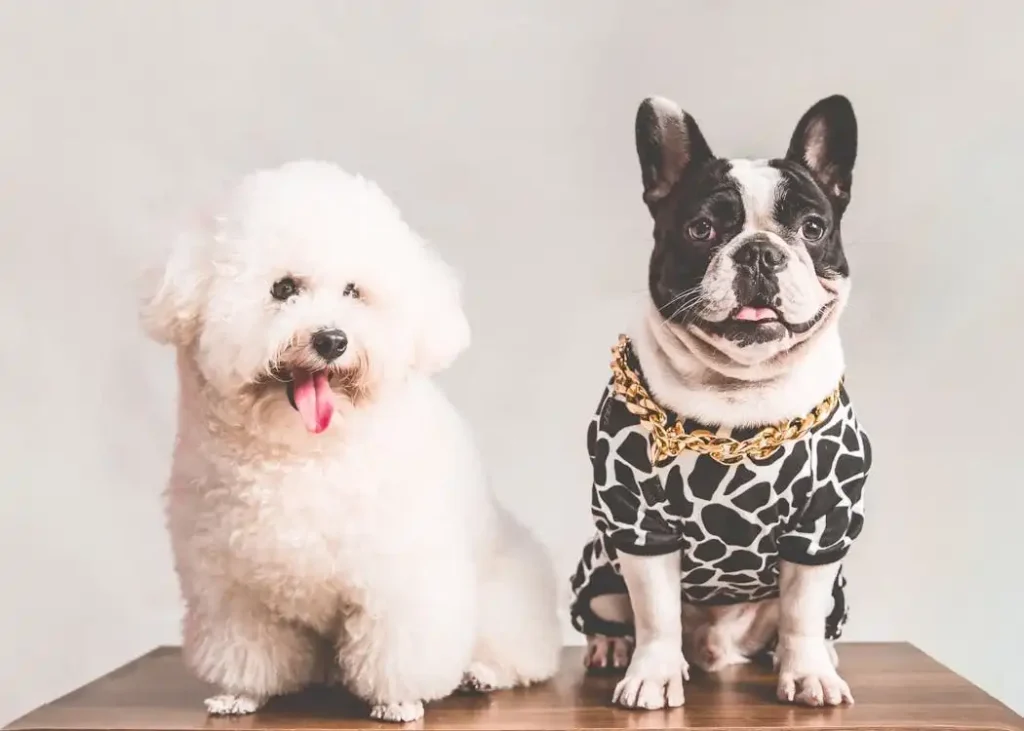
5. Socialization Is Essential
Early introduction to other pets, people, and new environments helps small dogs build confidence and curb aggressive or fearful behavior. This is particularly important for nervous breeds like Chihuahuas.
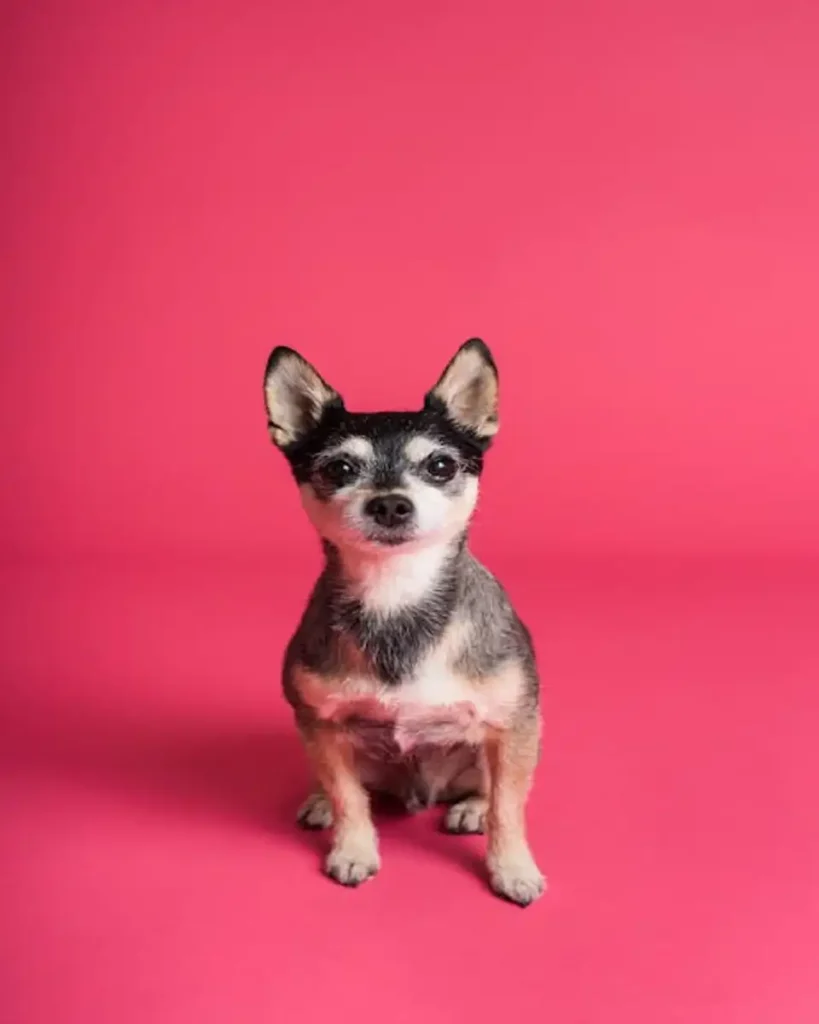
6. Leash Training With a Harness
Use a harness instead of a collar for leash training to avoid pressure on their delicate necks. Start leash training in low-distraction areas and gradually expose the dog to busier environments.
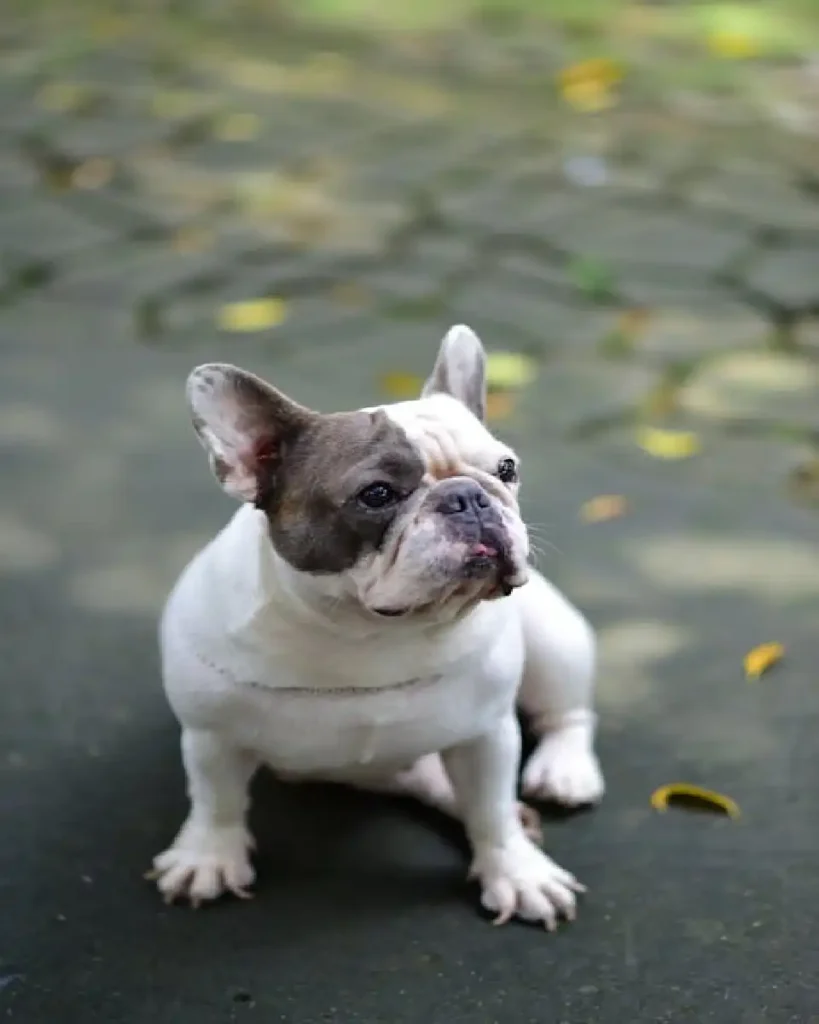
7. Channel Their Energy
Provide plenty of playtime and mental stimulation like agility training or interactive toys to prevent boredom-induced destructive behavior. Small breeds are energetic and benefit from structured exercise.

Additional Small Dog Training Insights
Other essential training focus areas include potty training due to small bladders, teaching manners to reduce excessive barking, leash walking to curb pulling, and managing jumping behaviors. Training at the dog’s eye level, especially for puppies, helps build trust and reduces intimidation.

Finally
Small dog breeds in 2025 continue to enchant dog lovers with their adorable size and spirited personalities. Choosing the right breed that fits your lifestyle, combined with expert training techniques, can result in a joyful and well-mannered furry friend. Remember that training small dog breeds takes patience, consistency, and understanding their unique needs. By investing time into proper training and socialization, owners can enjoy the lasting companionship these tiny dogs offer.
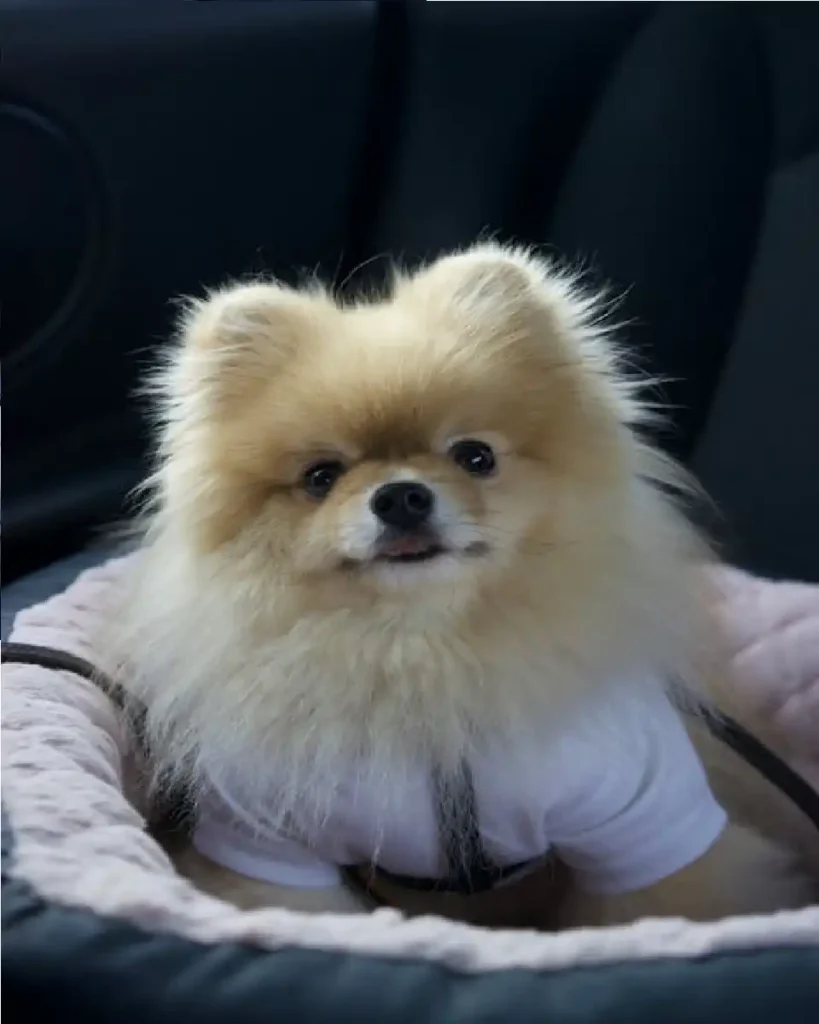
Whether it’s a lively Pomeranian or loyal Chihuahua, the ultimate small dog breed that fits your life awaits. Embrace the joy and responsibility of small dog ownership with love and expert guidance to make 2025 a year of happy tails and wagging hearts.
For More Details Visit Talent Dogs


Leave a Reply